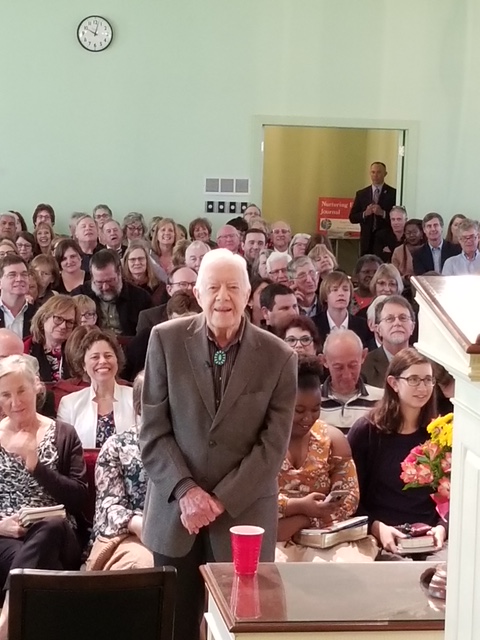
Scientists at Rensselaer Polytechnic Institute have found that when just 10 percent of the population holds an unshakable belief, their belief will always be adopted by the majority of the society. This phenomenon is often referred to as “the tipping point.” It’s probably too early to know for certain, but the wide-spread reactions we are witnessing to the February 14, 2018 shooting at Parkland, Florida, may indeed by a sign of a national opinion shift about the interpretation of the 2nd Amendment and its unofficial but most vehement advocate, the National Rifle Association (NRA).
Of course, the Parkland tragedy was only one in a long list of mass shootings in this country, and gun advocates typically point to almost any other solution than more restrictions on private ownership of firearms. “We should enforce the laws that are already on the books,” they say. However, there are cases where a shooter didn’t break the law until he decided to kill multiple people. I don’t think anyone believes that any action taken now will completely stop mass shootings in America, but can they be decreased? Can the number of casualties be reduced? Is it worth trying to include a discussion about restrictions on types of guns and their capacity? I think so.
We can’t exactly shut down all public events in the country, along with movie theaters, malls, parks, nightclubs, and all other places where people gather. We can hope that there are always good guys with guns around who are better trained than the average law enforcement officer, but how effective will that be against a suicidal maniac who wants to take out as many lives as possible before being taken down or blowing his head off? Let’s make it more difficult for them. Let’s make them choose other weapons that aren’t as efficient in closed spaces, at least. Or, we can just throw up our hands and say that no gun laws will ever slow down the murders. But then we are going to have to explain how stronger gun laws in other countries do impact murder rates.
We can no longer interpret our founding documents, such as the Bill of Rights, as if we were still living in the 18th century. In truth, we have been re-interpreting these documents for over 200 years, and adding to them because they cannot completely address a society that continues to change with every generation with regard to values, beliefs, and technological advancements. I think we can all agree that the weapons available even to the wealthiest nations in the 18th century cannot compare to what the average American can now have in his closet.
Contrary to what the NRA would have us believe, the 2nd Amendment is not the only one under scrutiny. There are plenty of restrictions on free speech, protected by the 1st Amendment, that we all accept as a society because doing so makes us safer. Those have developed over time and are still in force. Even now there is serious discussion about how electronic communication creates issues that we have never had to address before but probably will, just as we had to do with broadcasting. The result will most likely be more and newer restrictions to free speech. We impose restraints on religious practice too, and for good reason.
Even gun enthusiasts generally agree that fully-automatic weapons don’t belong in the hands of private citizens, and they certainly don’t support individual ownership of advanced weapon systems used by forces around the world. We have a handful of people in this country who are wealthy enough to buy tanks, grenade launchers, and surface-to-air missiles, but no one argues about their right to keep and bear those arms! Some of our guaranteed rights were never intended to be, nor can they be, absolute rights.
Both 1st and 2nd Amendments are restricted rights. The current debate really comes down to a question of what limitations our society will accept. I have never advocated for a repeal of the 2nd Amendment nor do I, as a gun owner, support taking away all guns from law-abiding, responsible citizens. I hope the country is moving toward finding ways to reduce violence, which may or may not involve more restrictions on firearms. I do maintain that any discussion of reducing violence by people using guns should take into account the type of guns that are made so widely available to individuals.








